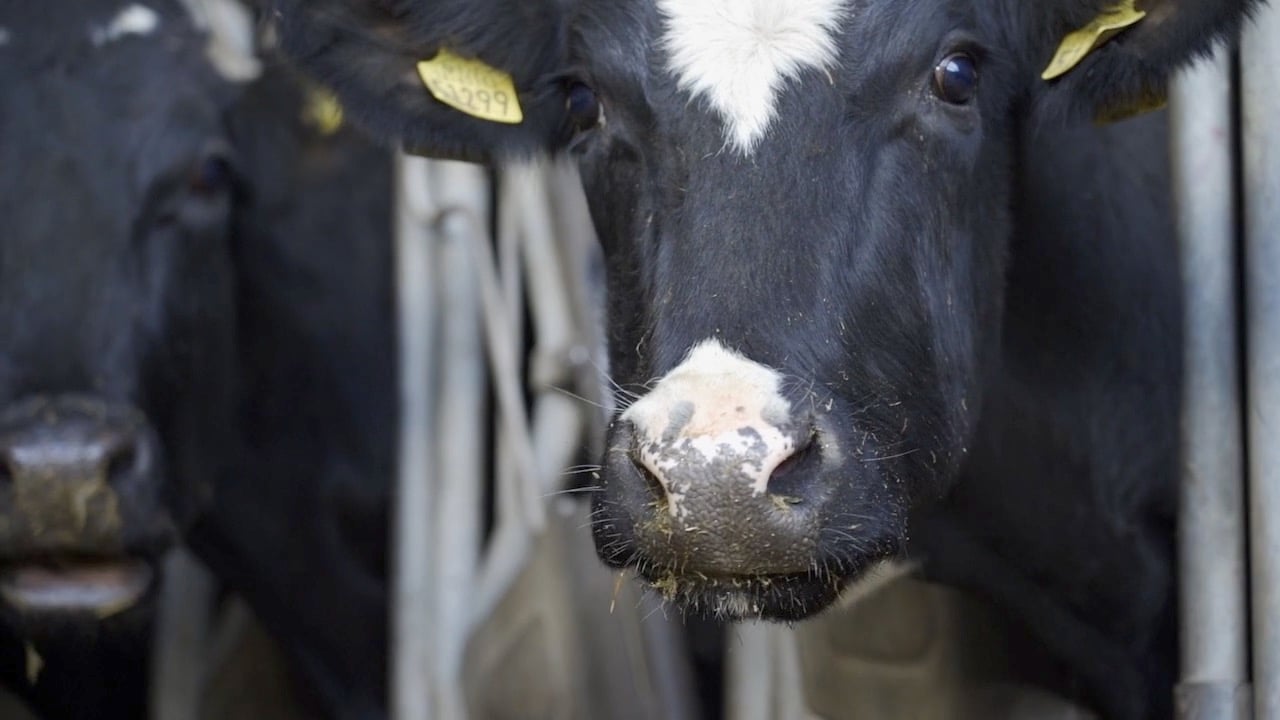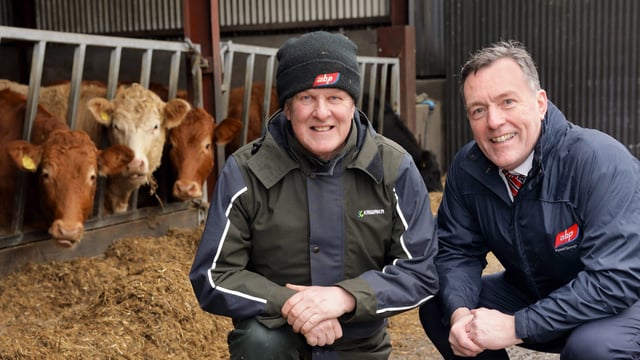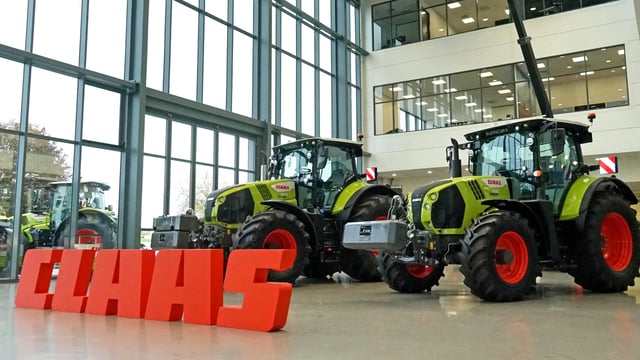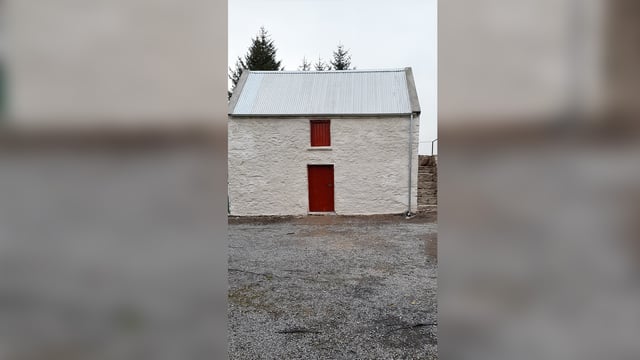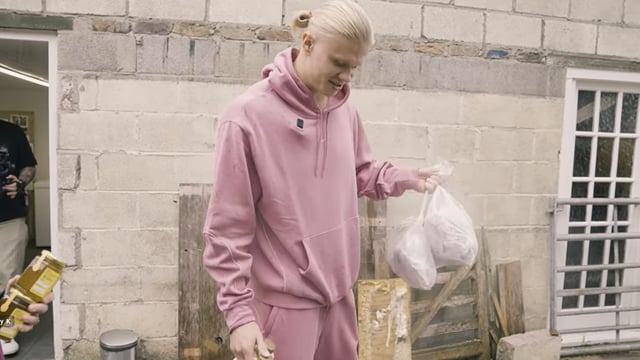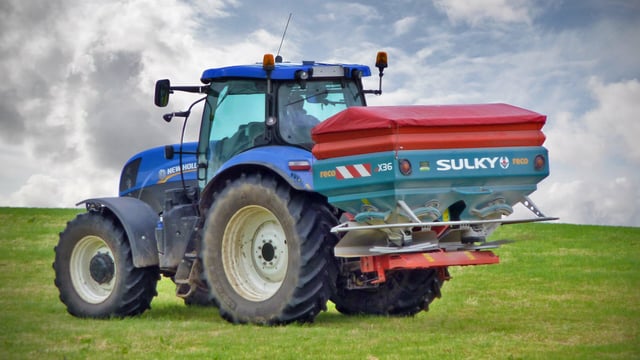Will cows be culled ahead of time as milk prices drop?
As the final rotation wraps up and milk prices continue to plummet, marts and factories may see an influx of cull cows incoming.
A lot of winter milking herds will be culling unproductive animals, while spring calving herds will be culling empties.
However, a lot of these farmers may have planned to milk these on well into December, or even into next year.
As this is now the third consecutive month of milk price cuts, and with next month not looking anymore optimistic, farmers may be considering culling these cows early.
According to the Department of Agriculture. Food and the Marine (DAFM), its Animal Identification and Movement (AIM) system has already recorded 307,058 slaughtered cows (calved at least once) in 2025.
Cost
Farmers must be thinking about what it is going to cost them to milk on versus what it will cost to cull unproductive cows now.
Realistically. farms will not be producing any more than 15L/day from now on.
If we take 44c/L as our average base milk price, we can calculate how much a cull cow will make for the extra month of November.
15L x 30 days x 0.44c/l = €198 income
Then we can take away the basic costs of maintaining the cow for the month.
- 30 days silage x 12kg/day = 360kg x €0.21/kg = €76
- 30 days meal x 6kg/day = 180kg x €0.3/kg = €54
€54 + €76 = €130 expense
That gives us a profit of €68/cow (not accounting for bonuses), providing everything goes well, meaning while farmers will not be losing money, but when the time involved in milking them on is factored in, farmers should ask themselves: "Is it worth it?"
Sell
If farmers took their cows to the factory this week, they would be offered between €7-€7.10/kg for fleshed 'P' grade cows, €7.10-€7.20/kg for the plainer 'O' grade cows, €7.40-€7.50 for 'R' grade cows, and 7.50-€7.60/kg for 'U' grade cows.
In the marts, there is a lot of variation, with cull cows being sold for anywhere between €900-€2,500, depending on the quality of the animal.
If we take the average to be €2,200, and consider a cull cow to be 600kg, that means they are fetching roughly €3.60/kg liveweight, but farmers can expect anything down to €2.20/kg, depending on the sale.
A lot of marts across the country are currently holding dairy sales, and they are attracting plenty of sellers.
The majority of farmers will have a cull cow strategy they will stick to, but it is worth balancing up the pros and cons of selling them now versus milking them on for another month or two.
Cull cows
As farmers currently have their focus on finishing out the last rotation in these tricky conditions, they should consider whether keeping or culling cows will help them achieve their closing average farm cover.
For farms that are below 700kg DM/ha, culling cows now is probably the best option rather than eating into your winter fodder.
However, for farms that are above 900kg DM/ha, keeping cull cows on to drive through the last of the grass may be more suitable.
Farmers in the middle will need to take into account how production costs are still high, growth rates have slowed significantly, and milk margins continue to be tight.
Realistically there will be cows currently in the milking herd who are not profitable, as spring calving cows' milk production will be slowing rapidly, so considering culling/drying off now could be viable.
At the end of the day, you should refer to your cull cow strategy, considering feed, housing, labour, nitrates, and current performance before making any decisions.

